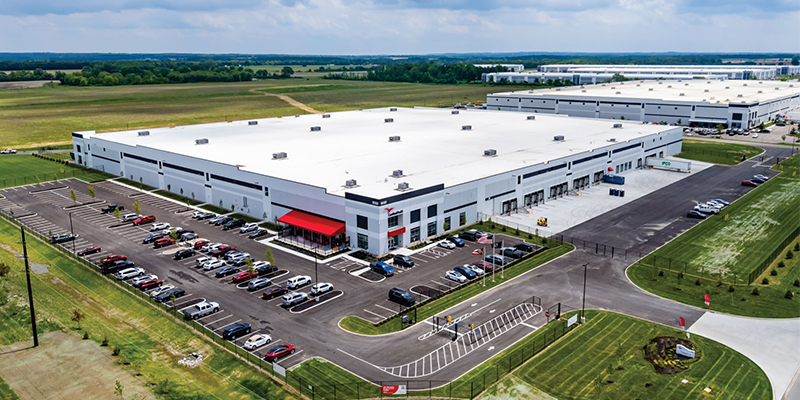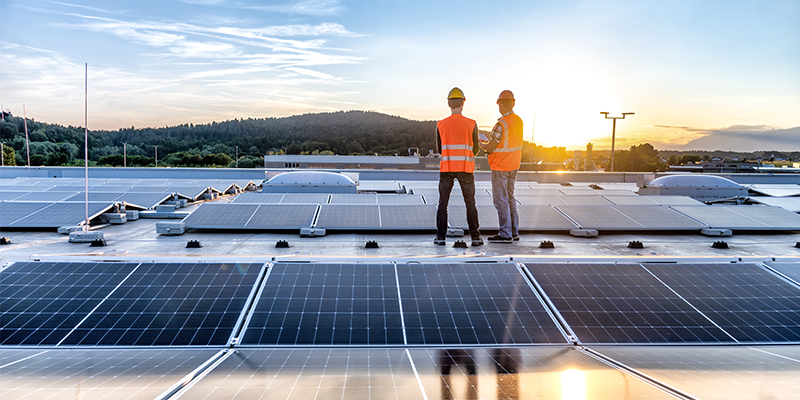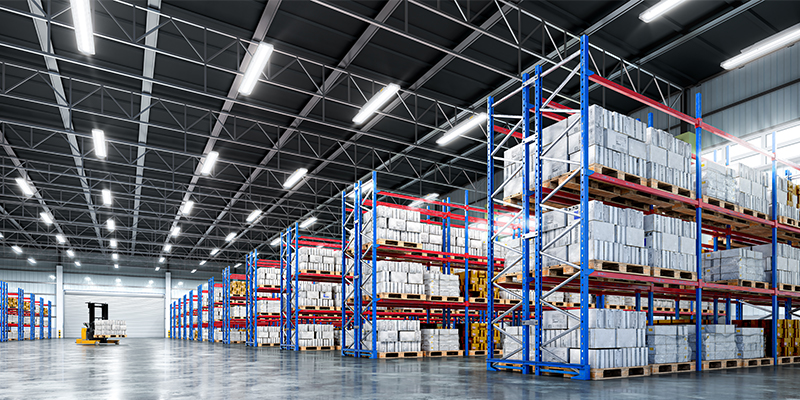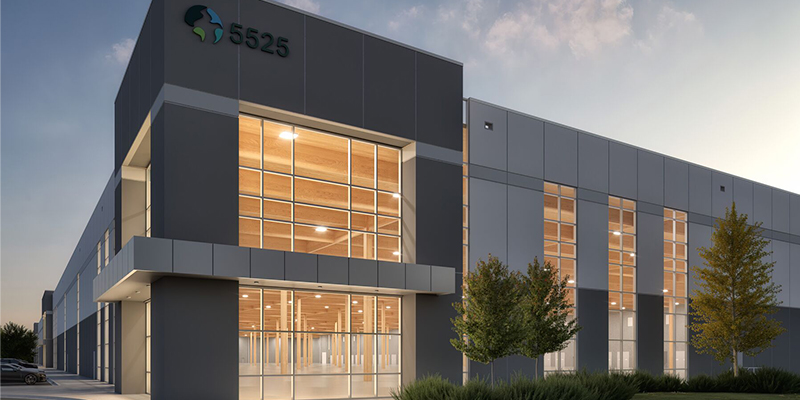
Rickenbacker Rising: Central Ohio’s Industrial Powerhouse
- November 3, 2025
In the heart of Central Ohio, the Rickenbacker submarket has cemented the region as a top-tier destination for industrial investment, logistics innovation and global connectivity. At NAIOP’s I.CON Central conference this week in Columbus, Ohio, attendees explored major projects in the area, which is Ohio’s largest submarket and home to 25% of Columbus’ industrial stock.







